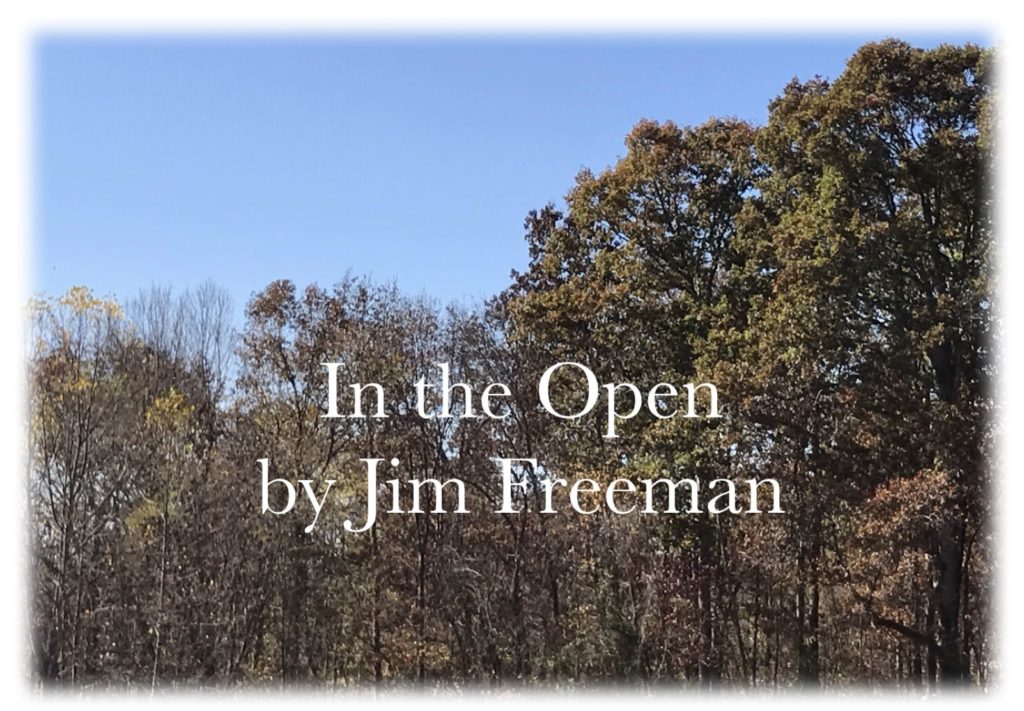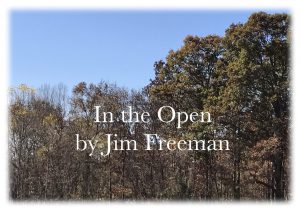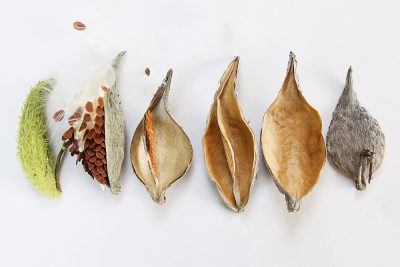Milkweed seed pod collection for Monarch butterflies continues

 POMEROY – Soil and Water Conservation Districts throughout Ohio are once again collecting milkweed seed pods in an effort to help the Monarch butterflies.
POMEROY – Soil and Water Conservation Districts throughout Ohio are once again collecting milkweed seed pods in an effort to help the Monarch butterflies.
Last year, Ohioans collected approximately 200 pounds of common milkweed seed, which amounts to more than 19 million individual milkweed seeds. The collected pods were defluffed, stratified (frozen and thawed to stimulate germination) and used for planting projects throughout the state.
Some of the seeds were distributed to Soil and Water Conservation Districts to redistribute. In Meigs County, we gave out packets of common milkweed seeds to interested people at the fair, or to people who stopped by the office requesting them.
The Milkweed Seed Pod Collection started two years ago as a pilot project in seven counties, and last year went statewide with a variety of partners helping out with what became the Ohio Pollinator Habitat Initiative (OPHI).
Although the collection period started Sept. 1, milkweed seed pods in our area are not ready to be collected. Don’t collect pods while still green, they should be dry, gray or brown, and pop open with gentle pressure. Place the pods in paper bags; plastic bags collect moisture.

Why milkweed in particular? Milkweed is the only host plant for the Monarch butterfly for egg laying and caterpillar-rearing, and it also serves as a food source for Monarchs and many other pollinator species. According to the OPHI, disappearance of milkweed across the U.S. has contributed to an 80 percent decline of the eastern Monarch butterfly species over the last 20 years.
I have noticed two things this year: First, a lot of people seem to be confused between Common Milkweed and Hemp Dogbane, they look similar when younger, and both ooze a milky fluid when their leaves are broken, but they are not the same, and Monarch caterpillars cannot eat Hemp Dogbane. Hemp Dogbane also has a tendency to be a little invasive. Second, this has been a great year for growing Common Milkweed – so all most people have to do is not mow it down until late October.
To help make collection efforts this year even better than last year, the OPHI offers the following simple tips:
Make sure that before you collect seed, you become familiar with the common milkweed to avoid harvesting pods from similar plants such as hemp dogbane and swamp milkweed.
It is best to collect the pods when they are dry, grey, or brown. If the center seam pops with gentle pressure, they can be harvested.
Store the pods in paper bags; plastic bags collect unwanted moisture.
Put the date and county collected on the bag when you turn them in.
Keep the pods in a cool, dry area until you can deliver them to the nearest collection site.
In Meigs and Gallia counties, your local SWCD office is the collection site, or you can find the nearest collection site at http://www.agri.ohio.gov/divs/SWC/searchlocalSWCD.aspx
Collection goes until Oct. 30.
If you have questions regarding milkweed collection, please contact Marci Lininger at [email protected] or Lori Stevenson at [email protected].
Jim Freeman is the wildlife specialist for the Meigs Soil and Water Conservation District. He can be contacted weekdays at 740-992-4282 or at [email protected]






